Name Richard Arbib | ||
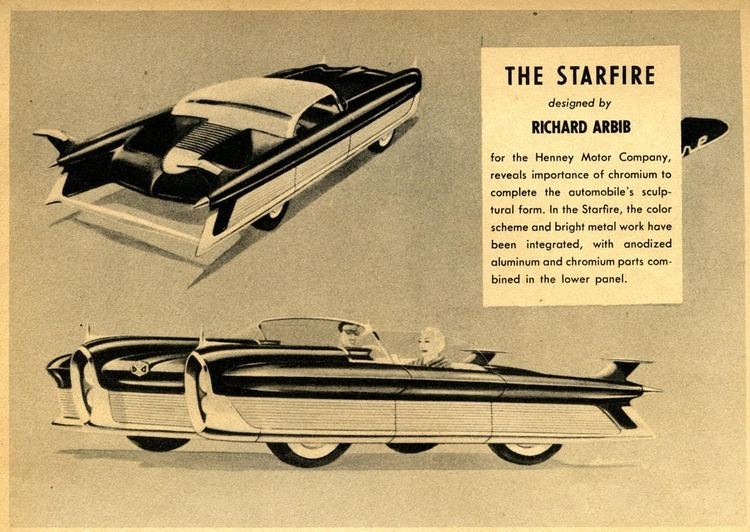 | ||
Books The Vampire Girl Next Door | ||
The vampire girl next door by richard arbib book trailer
Richard Arbib (September 1, 1917 in Gloversville, New York – February 22, 1995 in Manhattan, New York City) was an American industrial designer.
Contents
- The vampire girl next door by richard arbib book trailer
- HAMILTON VENTURA XXL ELVIS ANNIVERSARY H24615331 wwwolfertco
- Family
- Career
- References
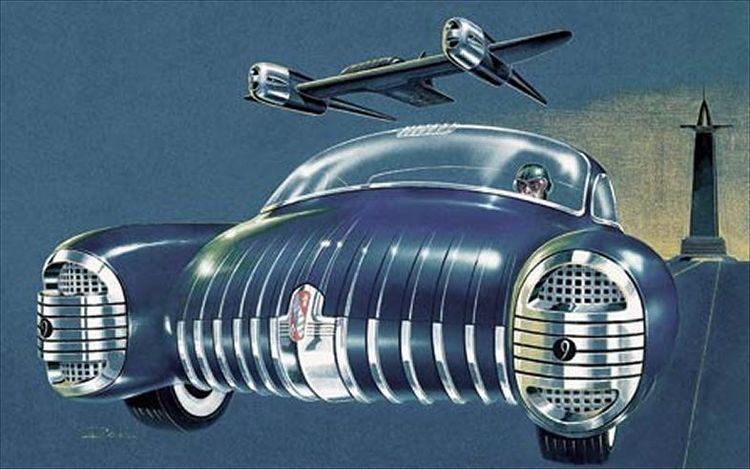
HAMILTON VENTURA XXL ELVIS ANNIVERSARY H24615331 www.olfert.co
Family
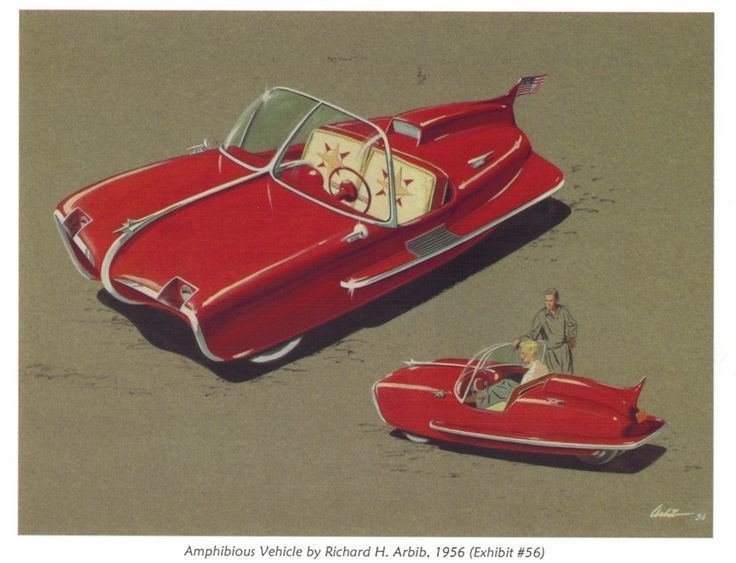
Richard Henry Arbib was the son of Robert Simeon Arbib, Sr. (March 3, 1889 in Cairo, Egypt – January 1969 in New York) and Edna Josephine Henry (November 3, 1889 in Richmond, Virginia – July 17, 1975 in New York City). Robert Sr. arrived in the United States from Liverpool, England in May 1908. Siblings were Robert Simeon Arbib, Jr. (March 17, 1915 in New York – July 1987 in New York) and John A, Arbib (born September 1924 in New York).
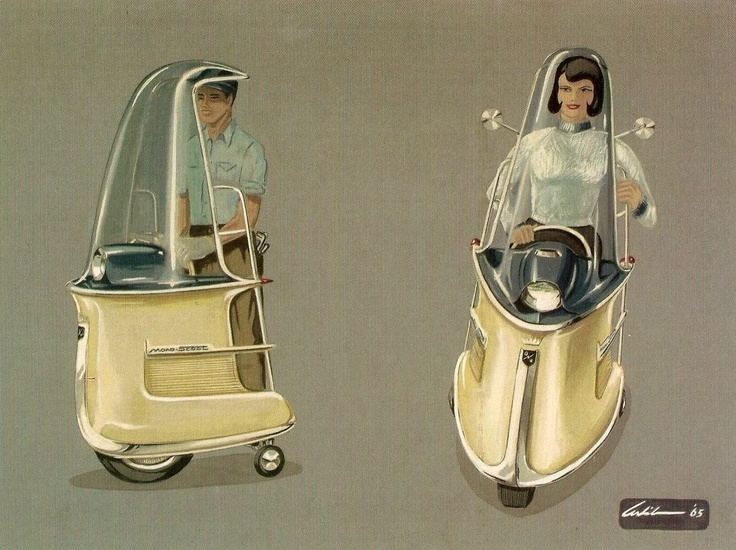
Richard Arbib was married to Audrey Schulz and they were divorced in 1952 in Volusia County, Florida. Audrey later married Associated Press photographer Baron Hans Ferdinand von Nolde (born Berlin, Germany, died November 9, 2002 at 77 years of age). Richard later married Helen W. He dated model Bettie Page in the 1950s.
Career
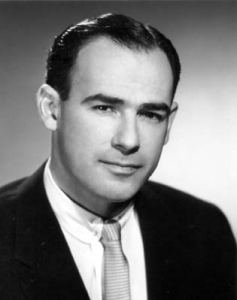
Arbib graduated from the Pratt Institute in New York City in 1939 . He worked as a designer for the Henney Motor Co. of Freeport, Illinois, a manufacturer of professional car bodies such as ambulances, hearses and limosines. Henney was Packard's sole professional body supplier. He started his automotive design career consulting with Harley Earl at GM Styling in the late 1930s. He came to the attention of Henney after serving in World War II. He was responsible for the design of the commercial line of Packard built by Henney from 1951 to 1954. One of the distinctive features of these models was wrap-around rear side windows. Arbib designed the Packard show car Pan American for the International Motor Sports Show held in New York City at the Grand Central Palace on March 29, 1952. It was based upon a 1951 Packard 250 convertible and built by Henney. The Pan American won the first-place trophy for most outstanding design at the show.
Arbib's clients included Argus, Benrus, General Motors, International Nickel, Republic Aviation, Simca, Swank Jewelry, Tidewater Oil, Union Pacific, American Type Founders, and U.S. Rubber.
In 1955, Arbib was hired by American Motors Corporation (AMC) to create a unique look for the Hudson line that was to share the senior 1955 Nash body. His main design theme was to use a "V" form throughout the car, which he dubbed V-Line styling. The design was to correspond with AMC starting to build its own V8 engines to replace the Packard V8 it was using in its Hudson and Nash models.
He also designed, and Andrew Mazzara built, the Astra-Gnome "Time and Space Car" concept car that included a "celestial time-zone clock permitting actual flight-type navigation." The design was influenced by space travel forms. The vehicle was based on the Nash Metropolitan and was Arbib's vision of what an automobile would look like in the year 2000. The Astra-Gnome attracted attention at the 1956 International Automobile Show in New York, and was also featured on the cover of Newsweek magazine's September 3, 1956 issue.
He designed asymmetrical cases for the new Hamilton electric watches in the 1950s, including such notable models as the Ventura, Everest, and Pacer. He also designed watches for Tourneau, Benrus, Sheffield and Gucci. He designed boats for the Century Boat Company in the 1950s, notably one of their most successful and expensive models, the Coronado, as well as the Arabian model.
